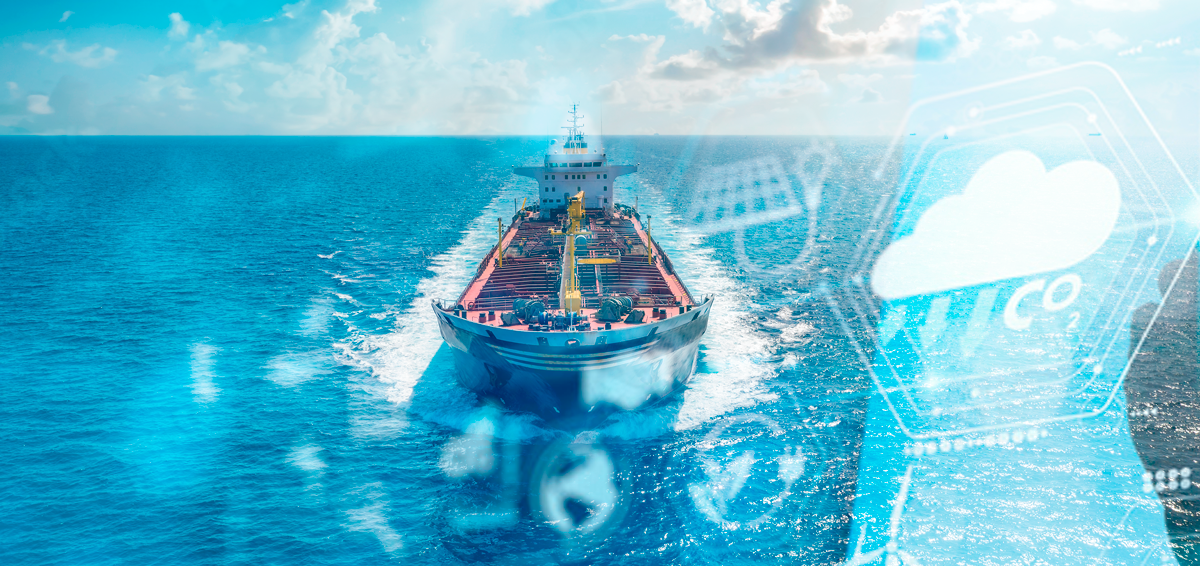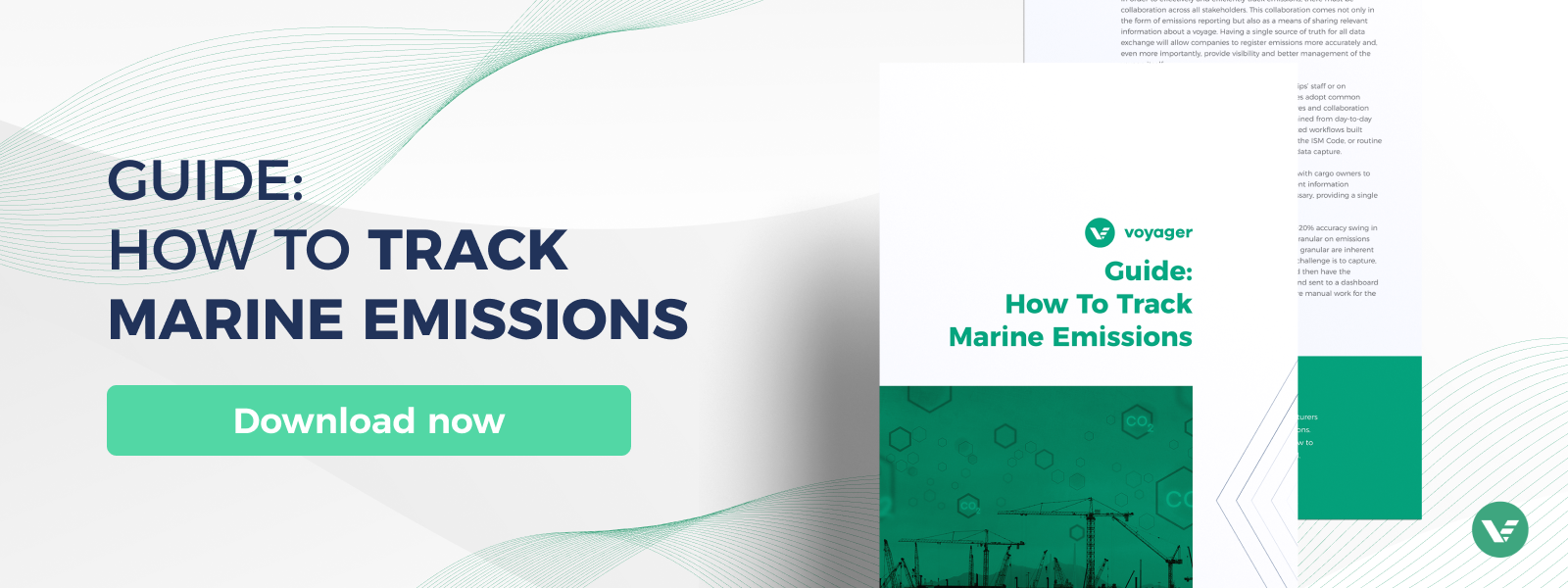The shipping industry is responsible for 90% of global trade, accounts for somewhere between 2-3% of global carbon emissions and is expected to expand at an annual average of 2.1% from 2023 to 2027. But as other parts of the world economy are already working to decarbonize, there’s still a long way to go when it comes to transporting goods over sea.
And following the decision made by the International Maritime Organization, the industry has to reduce its CO2 emissions by at least 50% by 2050, going to zero carbon waste up until 2030.
But to be able to establish a zero emission carbon footprint plan that is successfully coordinated with your strategy is something extremely complex. Below we outline two tips to help you implement a zero carbon plan in your company:
Find the Right Data
Understanding where to look for data, and being able to evaluate amongst the different methods of calculating your carbon emissions what’s the best option for your company is a crucial step for anyone trying to implement a zero carbon strategy.
For example, shipowners and operators play a fundamental role in the value chain of any cargo transported as the source of one of the most important data points to calculate emissions across supply chains. And while a charterer or cargo owner will be interested in tracking the footprint of a cargo and will need emissions data from all modes of transportation and even from the production site, whereas a seaborne carrier will directly measure its fuel consumption to report emissions.
Collaboration for a Single Source of Truth
In order to effectively and efficiently track emissions, there must be collaboration across all stakeholders. And to avoid unnecessary administrative burdens on ships’ staff or on management teams, it is imperative that companies adopt common methods of capturing data.
Therefore, this collaboration comes not only in the form of emissions reporting but also as a means of sharing relevant information about a voyage.
Having a single source of truth for all data exchange will allow companies to register emissions more accurately and, even more importantly, provide visibility and better management of the voyage itself.
If you want to understand more about how to track your emissions, what are the standard emission scopes that are internationally used, the key data that is required for you to track and monitor your emissions, and the main measurement methods you can apply in your operations, take a look at ourGuide – How To Track Marine Emissions.
Voyager helps charterers, traders and manufacturers reduce risk and simplify their marine operations.
Talk to one of our experts and understand how to unlock your business full marine potential.


